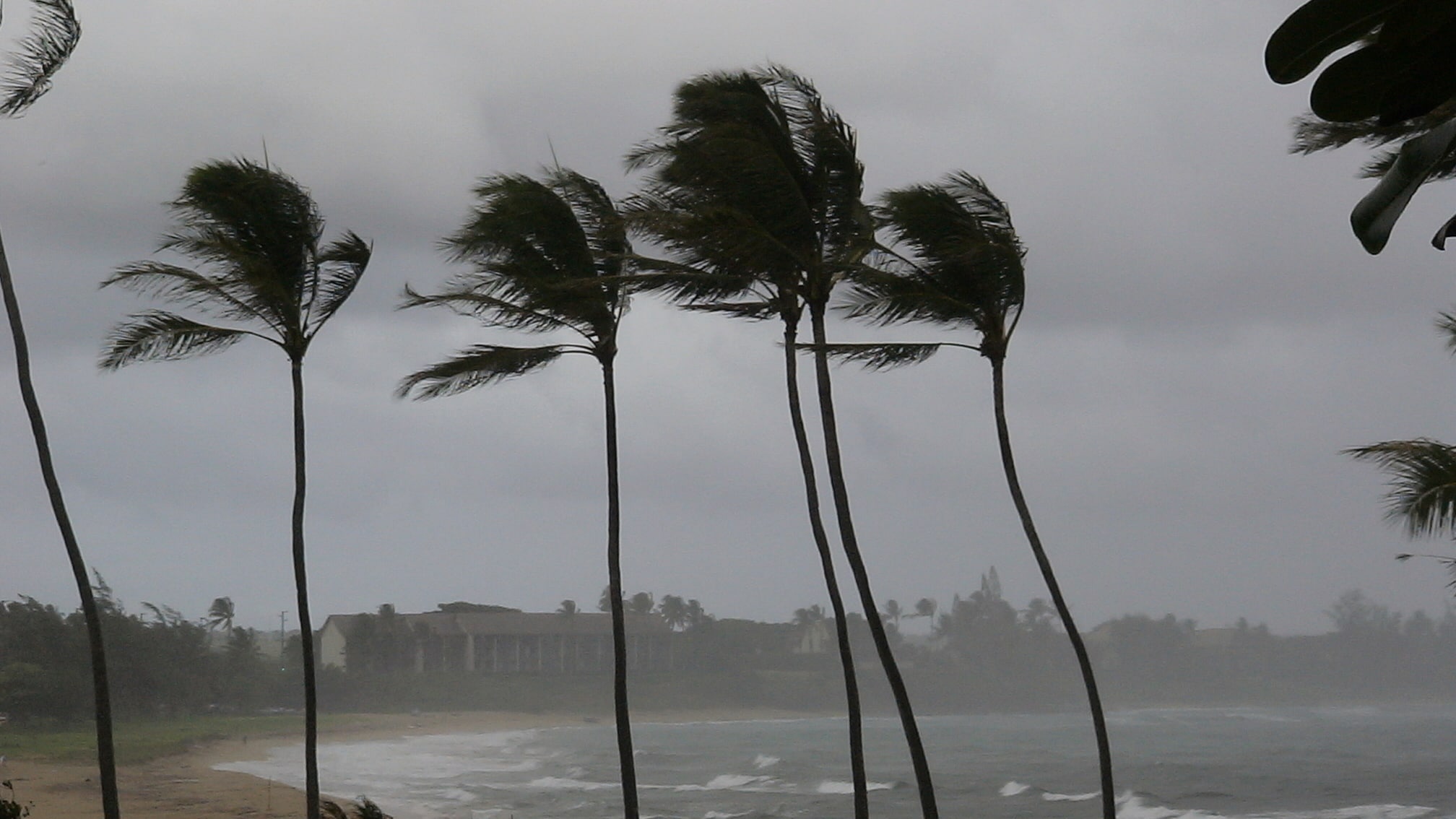Regional Cooperation in Emergencies
CDC’s Public Health Emergency Preparedness (PHEP) cooperative agreement program is a critical source of funding, guidance, and technical assistance for state, local, tribal, and territorial public health departments to strengthen their public health preparedness capabilities. Since 9/11, the PHEP program has saved lives by building and maintaining a nationwide public health emergency management system that enables communities to rapidly respond to public health threats.
In mid-October 2016 Hurricane Matthew was tracking toward Florida as a Category 4 storm, and eventually made landfall as a Category 2. The southeastern United States is no stranger to hurricanes. After Hurricane Katrina in 2005, eight states in the American southeast formed the Unified Planning Coalition, or UPC, with the express purpose of supporting each other during emergencies, thereby strengthening the region’s ability to prepare for, withstand, and recover from public health threats.
The UPC formed organically, when state representatives realized all of the states in the region often experienced similar emergencies, and that with more planning and communication, they would be better able to anticipate the needs of their neighbors. Immediately following Hurricane Katrina, health department staff from Florida, Kentucky, and North Carolina traveled to Mississippi to bring supplies and aid in the recovery process. While in the field together, they realized that they would be better able to assist one another after large-scale emergencies if they were more familiar with each other’s programs. This discussion gave birth to the idea of the UPC. Now, preparedness leaders from each of the states in the region, along with federal partners, meet quarterly to stay up-to-date with each other’s resources and to discuss common initiatives, such as all-hazards mission-ready packages. The UPC has one full-time coordinator, supported by Florida’s PHEP program. Whenever an emergency occurs or is imminent, the affected state knows what resources the neighboring states can provide, and all participants conduct a conference call to discuss transporting those resources and to share knowledge based on lessons learned from previous incidents.
In the days leading up to Hurricane Matthew, states began pledging their support and resources. Although North Carolina was also expecting and would eventually experience a direct hit from the storm, the state, nonetheless, offered hospital, evacuation, and shelter support, while Alabama also offered, and ultimately provided, shelter support staff.
Generally when an emergency occurs, resources are provided from other states through the Emergency Management Assistance Compact, or EMAC. The benefit of the UPC is that, although the states still go through the EMAC, the familiarity with other programs and available resources often saves days in processing time – days that can be lifesaving in a dire emergency. Since its inception, the UPC had been activated for more than 20 real-world incidents, and each time the state collaboration has saved time and money, and freed up federal resources for other aspects of the response.

In response to hurricanes and other frequent disasters, states in the southeastern region of the United States formed the Unified Planning Coalition to support each other before, during, and after emergencies.
The Incident
In October 2016, Hurricane Matthew made landfall in Florida as a Category 2 storm.
The Response
To assist in recovery, Florida used the UPC, a resource-sharing coalition among states in the southeastern region of the United States.
The Outcomes
After the storm, Florida was able to receive shelter support from nearby states days before what would have been possible without the UPC.